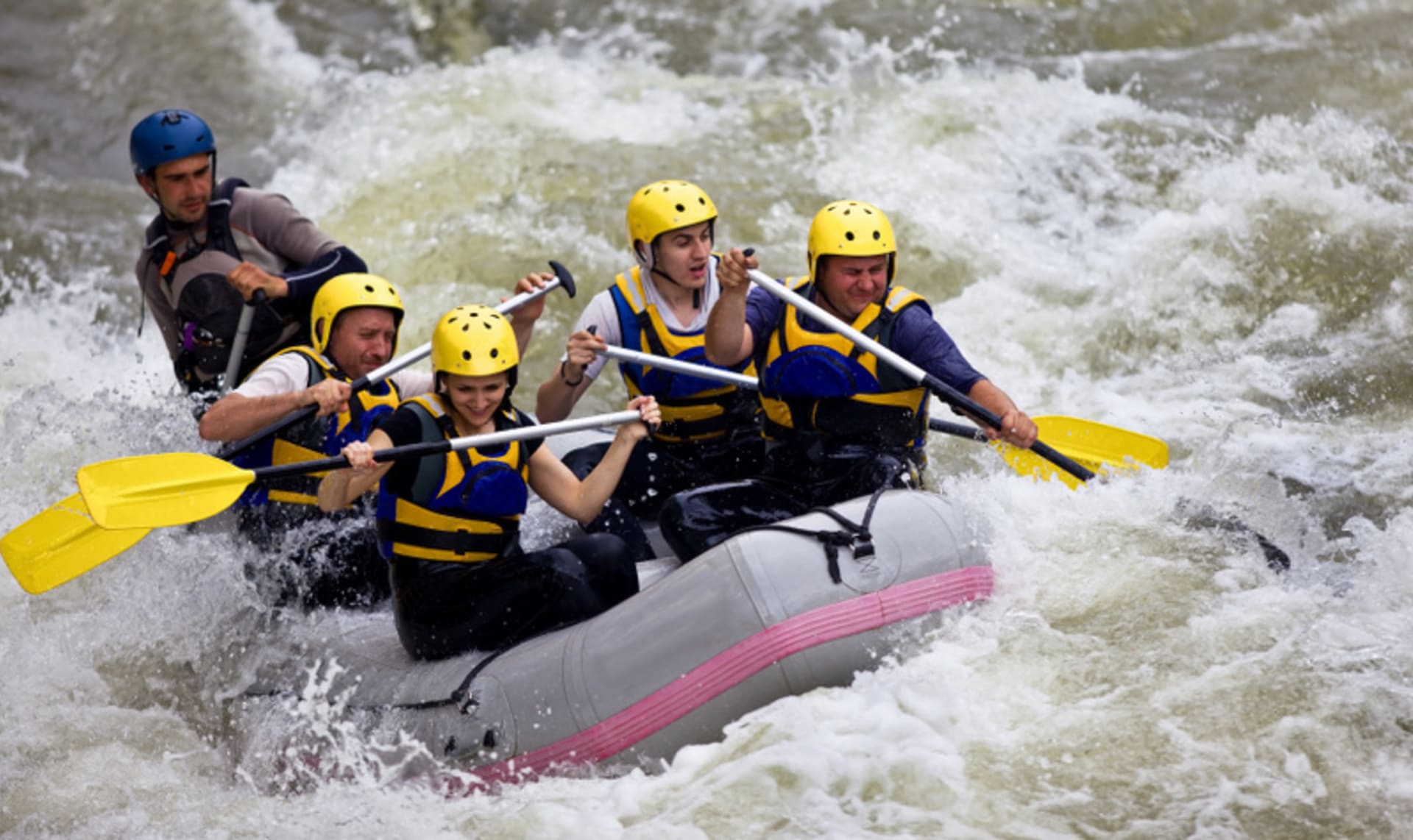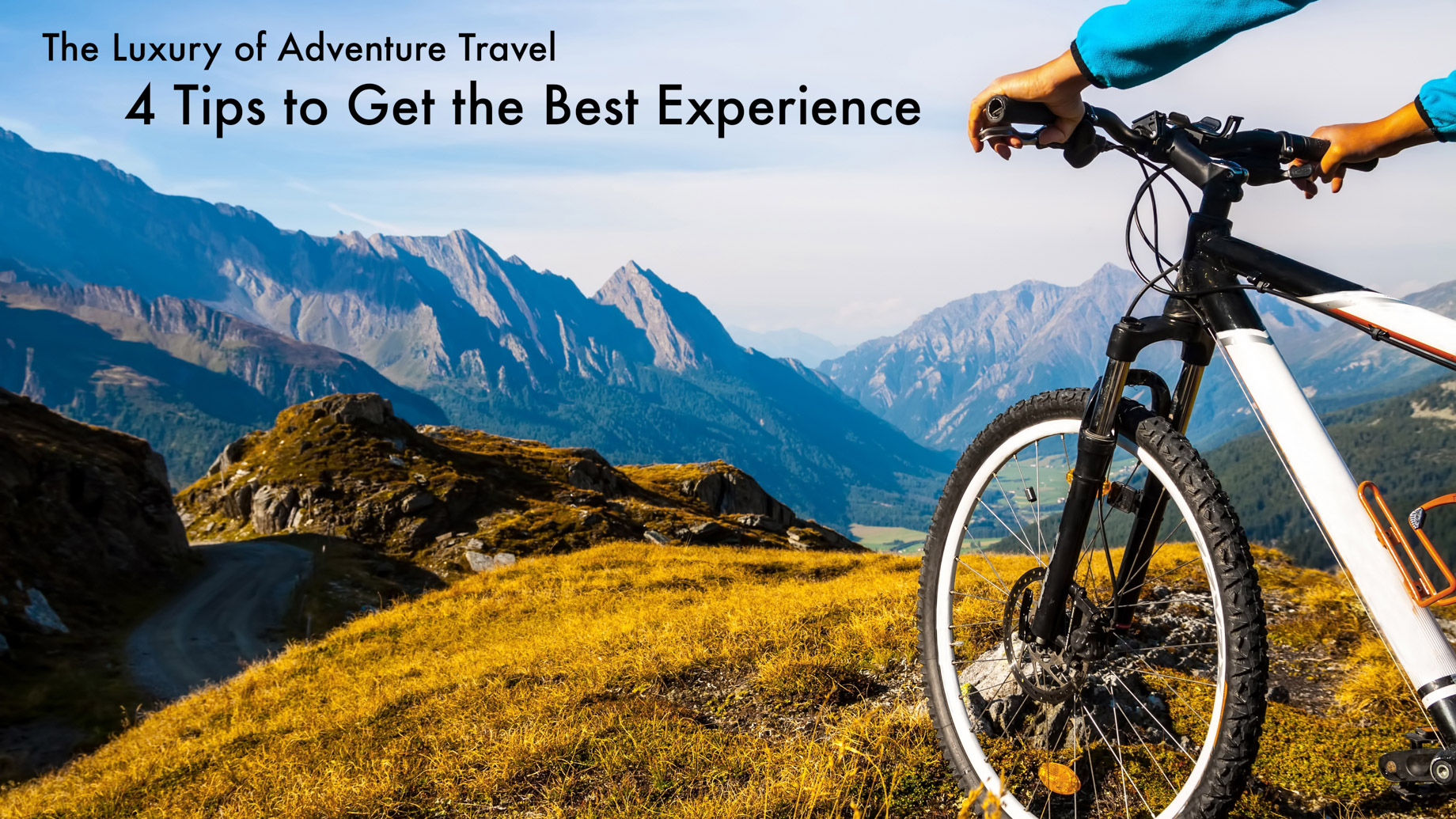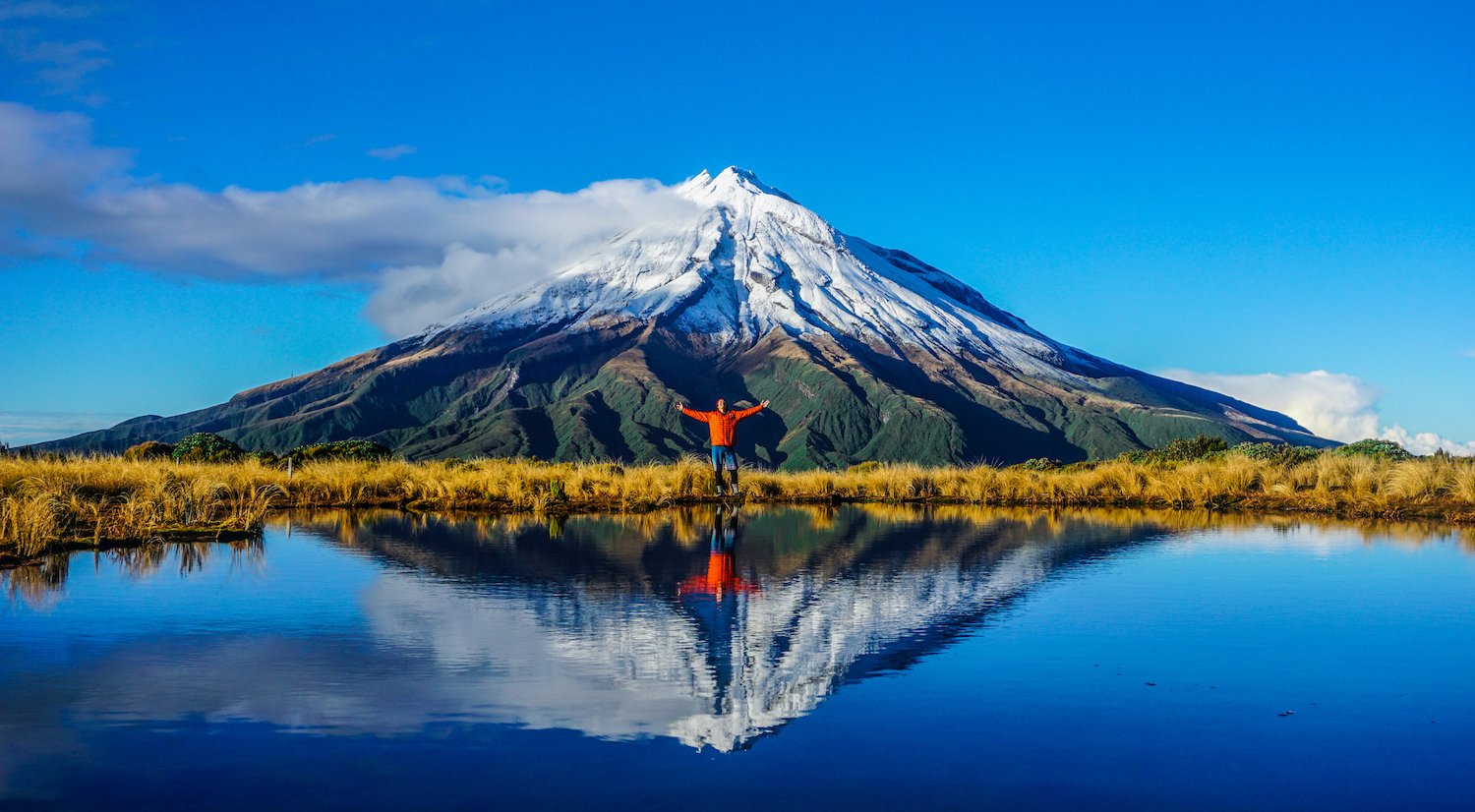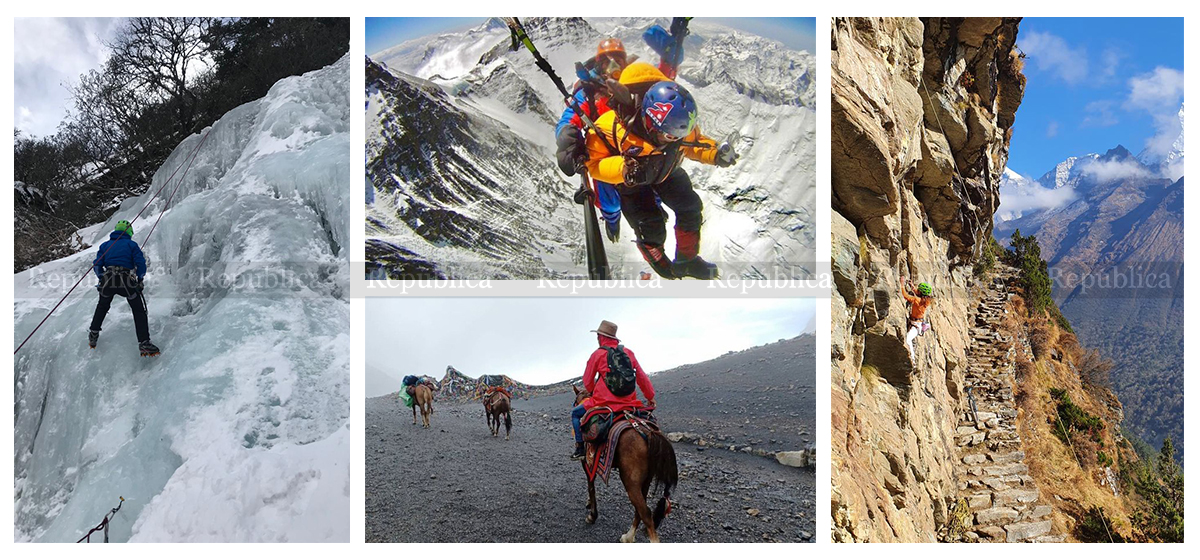As adventure tourism articles take center stage, this opening passage beckons readers into a world crafted with knowledge, ensuring a reading experience that is both absorbing and distinctly original.
Adventure tourism articles provide a wealth of information on the exhilarating world of adventure tourism, encompassing its definition, types of activities, benefits, target market, safety measures, environmental impact, marketing strategies, and successful case studies.
Definition of Adventure Tourism

Adventure tourism is a form of tourism that involves engaging in exciting or unusual activities in natural or semi-natural environments.
Adventure tourism is often characterized by its focus on exploration, physical activity, and cultural immersion. It differs from traditional tourism in that it typically involves a higher level of risk and requires participants to have a certain level of physical fitness and skill.
Key Characteristics of Adventure Tourism
- Involves physical activity and exploration in natural or semi-natural environments.
- Requires participants to have a certain level of physical fitness and skill.
- Often involves a higher level of risk than traditional tourism.
- Provides opportunities for personal growth and challenge.
- Can promote environmental conservation and cultural understanding.
Types of Adventure Tourism Activities: Adventure Tourism Articles

Adventure tourism encompasses a diverse range of activities that cater to thrill-seekers and nature enthusiasts alike. These activities often involve navigating challenging environments, testing physical limits, and immersing oneself in breathtaking natural settings.
Adventure tourism activities can be broadly categorized into the following types:
Land-Based Activities
- Hiking and Trekking:Exploring trails on foot, ranging from leisurely walks to strenuous multi-day treks, offering scenic views and opportunities for wildlife encounters.
- Mountain Biking:Riding bicycles on rugged terrain, requiring skill, endurance, and a love for the outdoors.
- Rock Climbing:Ascending rock faces using ropes and specialized equipment, testing both physical and mental abilities.
- Spelunking:Exploring caves and underground passages, often involving crawling, squeezing, and navigating narrow spaces.
Water-Based Activities
- Kayaking and Canoeing:Paddling through rivers, lakes, or oceans, offering a unique perspective on aquatic environments.
- Rafting:Navigating whitewater rapids on an inflatable raft, requiring teamwork and adrenaline.
- Surfing:Riding waves on a surfboard, testing balance, coordination, and a love for the ocean.
- Scuba Diving and Snorkeling:Exploring the underwater world, observing marine life, and appreciating the beauty of coral reefs.
Air-Based Activities
- Paragliding and Hang Gliding:Soaring through the air using lightweight gliders, offering panoramic views and a sense of freedom.
- Hot Air Ballooning:Floating in a hot air balloon, providing a unique aerial perspective and tranquil experience.
- Skydiving:Jumping from an aircraft with a parachute, experiencing freefall and a rush of adrenaline.
Other Adventure Activities
- Wildlife Safaris:Observing animals in their natural habitats, providing opportunities for wildlife photography and conservation education.
- Canyoning:Descending canyons using a combination of techniques, including rappelling, jumping, and swimming.
- Zorbing:Rolling down hills inside a giant inflatable ball, offering a unique and exhilarating experience.
Adventure tourism activities offer a range of thrill-seeking and risk-taking experiences, catering to varying levels of fitness and adventure preferences. They provide opportunities for personal growth, physical challenges, and unforgettable memories.
Benefits of Adventure Tourism
Adventure tourism offers numerous benefits for physical, mental, and emotional well-being. It promotes personal growth, resilience, and overall well-being.Adventure tourism challenges individuals physically, pushing them beyond their perceived limits. Engaging in activities like hiking, rock climbing, and kayaking strengthens muscles, improves cardiovascular health, and enhances endurance.
Moreover, the physical exertion releases endorphins, which have mood-boosting and pain-relieving effects.Adventure tourism also provides mental benefits. It improves cognitive function, enhances problem-solving skills, and increases self-confidence. The need to adapt to changing environments, overcome obstacles, and make quick decisions in adventure activities stimulates cognitive processes and improves mental agility.Emotionally,
adventure tourism fosters resilience and emotional regulation. It exposes individuals to novel and often challenging situations, which helps them develop coping mechanisms, build resilience, and enhance their ability to manage stress and adversity. Adventure tourism provides opportunities for self-discovery, self-reflection, and personal growth.A
study by the Adventure Travel Trade Association found that adventure tourists reported significant improvements in their overall well-being, including increased happiness, reduced stress, and enhanced self-esteem.Adventure tourism has also been shown to have therapeutic benefits. For example, wilderness therapy programs have been successful in helping individuals with mental health conditions such as depression and anxiety.
Target Market for Adventure Tourism

Adventure tourism operators cater to a specific target market characterized by unique demographics, interests, and motivations. Understanding this target market is crucial for developing tailored offerings that resonate with their aspirations and needs.
Demographics
- Age:Typically young adults and middle-aged individuals with disposable income and time for leisure activities.
- Gender:Both genders are equally represented, with a slight preference for males.
- Education:Generally well-educated, with at least a college degree or equivalent.
- Income:Adventure tourism participants tend to have higher-than-average incomes, allowing them to afford the costs associated with adventure activities.
Interests
- Nature and Outdoors:A strong appreciation for nature, wilderness, and outdoor experiences.
- Physical Activity:Enjoy participating in physically demanding activities that test their limits.
- Culture and Exploration:Interested in experiencing new cultures, exploring remote destinations, and learning about different ways of life.
- Personal Growth:Seeking opportunities for self-discovery, personal development, and overcoming challenges.
Motivations
- Escape from Routine:A desire to break away from the mundane and immerse themselves in exciting and challenging environments.
- Thrill and Excitement:Seeking adrenaline-pumping experiences that push their boundaries.
- Sense of Accomplishment:Achieving personal goals and overcoming physical and mental challenges.
- Connection with Nature:A desire to reconnect with the natural world and appreciate its beauty and fragility.
- Social Interaction:Participating in group activities that foster camaraderie and a sense of community.
Tailoring Offerings to the Target Market
Adventure tourism operators can tailor their offerings to the target market by considering their demographics, interests, and motivations. This includes:
- Developing itineraries that cater to specific age groups and physical abilities.
- Offering a range of activities that cater to different interests, from adrenaline-packed adventures to more leisurely pursuits.
- Providing opportunities for cultural immersion and interaction with local communities.
- Emphasizing the personal growth and transformative aspects of adventure tourism experiences.
- Creating a sense of community and shared experience through group activities and social events.
Safety and Risk Management in Adventure Tourism

Safety is paramount in adventure tourism, where participants engage in activities that involve inherent risks. Effective risk management is crucial to ensure the safety of participants and minimize the likelihood of accidents or injuries.Adventure tourism operators have a responsibility to implement comprehensive safety protocols that cover all aspects of the activity.
This includes conducting thorough risk assessments, providing appropriate training to participants and staff, and establishing clear emergency response plans.
Guidelines and Best Practices for Operators
- Conduct thorough risk assessments to identify potential hazards and develop mitigation strategies.
- Provide comprehensive training to participants on safety procedures, equipment usage, and emergency protocols.
- Ensure staff are adequately trained and experienced in the specific activities offered.
- Establish clear communication protocols and emergency response plans in case of incidents.
- Maintain and inspect equipment regularly to ensure it is in good working condition.
Role of Insurance, Training, and Emergency Protocols
- Insurance:Adventure tourism operators should obtain adequate insurance coverage to protect participants and themselves from financial liabilities in case of accidents or injuries.
- Training:Ongoing training for both participants and staff is essential to ensure proficiency in safety procedures and emergency response techniques.
- Emergency Protocols:Establishing clear emergency response plans and protocols is crucial for prompt and effective action in case of accidents or injuries.
By adhering to these guidelines and best practices, adventure tourism operators can significantly reduce risks and enhance the safety of participants, fostering a positive and enjoyable experience for all.
Environmental Impact of Adventure Tourism

Adventure tourism can have a significant impact on the environment. The influx of tourists can lead to pollution, erosion, and habitat destruction. However, there are a number of sustainable practices that operators can adopt to minimize their impact on the natural environment.
One of the most important things that operators can do is to educate their clients about the importance of protecting the environment. Clients should be made aware of the potential impacts of their activities and encouraged to take steps to minimize their impact.
For example, clients should be encouraged to pack out all of their trash, stay on designated trails, and avoid disturbing wildlife.
Sustainable Practices for Adventure Tourism Operators
- Use renewable energy sources, such as solar and wind power.
- Conserve water and use low-flow appliances.
- Recycle and compost waste.
- Use sustainable building materials and construction practices.
- Educate clients about the importance of protecting the environment.
By adopting these sustainable practices, adventure tourism operators can help to minimize their impact on the environment and ensure that future generations can enjoy the same natural beauty that we do today.
Marketing and Promotion of Adventure Tourism

Marketing and promotion are crucial for adventure tourism operators to reach their target audience and generate bookings. Effective strategies involve leveraging online platforms, social media, and content marketing to showcase unique experiences and build a strong brand identity.
Online Platforms
Adventure tourism operators should establish a strong online presence through websites and booking platforms. Websites should provide comprehensive information about tours, activities, and pricing, as well as high-quality images and videos that capture the essence of the experiences. Operators should also optimize their websites for search engines to improve visibility and attract organic traffic.
Social Media
Social media platforms offer a powerful tool to engage with potential customers, share real-time updates, and build a community around the brand. Adventure tourism operators should create engaging content, such as stunning photos, adventure stories, and behind-the-scenes glimpses, to attract followers and drive bookings.
Content Marketing
Content marketing involves creating and distributing valuable, relevant, and consistent content to attract and retain a clearly defined audience. Adventure tourism operators can create blog posts, articles, videos, and infographics that provide valuable information about their destinations, activities, and safety protocols.
By providing potential customers with valuable information, operators can establish themselves as thought leaders and build trust.
Unique Experiences
Adventure tourism operators should focus on offering unique and memorable experiences that differentiate them from competitors. This could involve creating custom itineraries, offering off-the-beaten-path adventures, or incorporating cultural and educational elements into their tours.
Brand Identity
Building a strong brand identity is essential for adventure tourism operators to stand out in the market. This involves developing a consistent brand message, logo, and visual style that reflects the values and offerings of the company. Adventure tourism operators should strive to create a brand that is synonymous with adventure, safety, and unforgettable experiences.
Case Studies of Successful Adventure Tourism Businesses
Adventure tourism businesses have thrived by catering to the growing demand for unique and thrilling experiences. These businesses have implemented innovative strategies to attract their target market, offer diverse activities, and prioritize safety measures. By examining case studies of successful adventure tourism businesses, we can identify best practices and lessons learned to enhance the industry’s growth and sustainability.
Target Market and Offerings
Successful adventure tourism businesses meticulously define their target market and tailor their offerings accordingly. For instance, “Wild Frontiers Adventure Travel” specializes in high-end, small-group expeditions to remote destinations, appealing to affluent travelers seeking authentic and immersive experiences. On the other hand, “G Adventures” focuses on affordable, group-based adventures designed for young and budget-conscious travelers.
By understanding their target audience’s motivations and preferences, these businesses have effectively positioned their offerings to meet specific market demands.
Marketing Strategies
Effective marketing strategies are crucial for adventure tourism businesses to reach their target market. “Intrepid Travel” leverages a combination of digital marketing, social media, and partnerships with travel agents to promote its diverse range of adventure tours. They actively engage with potential customers through compelling storytelling and user-generated content, showcasing the transformative experiences offered by their adventures.
By embracing a multi-channel approach, Intrepid Travel has successfully built a strong brand reputation and expanded its global reach.
Safety Measures
Safety is paramount in adventure tourism, and successful businesses prioritize risk management and emergency preparedness. “Adventure Consultants” has established a comprehensive safety management system that includes rigorous training for guides, detailed risk assessments, and a robust emergency response plan. The company’s commitment to safety has earned it a reputation as a trusted and reliable provider of adventure experiences.
By investing in safety measures, Adventure Consultants ensures the well-being of its clients and fosters a sense of confidence and trust.
Lessons Learned, Adventure tourism articles
Case studies of successful adventure tourism businesses provide valuable lessons for aspiring entrepreneurs and established businesses alike. These lessons include:
- The importance of understanding and targeting a specific market segment.
- The need to develop innovative and diverse offerings that meet the evolving demands of adventure travelers.
- The effectiveness of utilizing a multi-channel marketing approach to reach a wider audience.
- The paramount importance of prioritizing safety measures and establishing a comprehensive risk management system.
- The value of fostering a strong brand reputation through storytelling and customer engagement.
Last Word

In closing, adventure tourism articles offer a comprehensive resource for anyone seeking to delve into this captivating industry. Whether you’re an avid adventurer, a tourism operator, or simply curious about the world of adventure tourism, these articles provide valuable insights and guidance to enhance your understanding and experiences.
User Queries
What is adventure tourism?
Adventure tourism refers to any form of tourism that involves exploring the natural environment and engaging in activities that offer physical and mental challenges, often involving some degree of risk.
What are the different types of adventure tourism activities?
Adventure tourism activities encompass a wide range of pursuits, including hiking, trekking, mountain climbing, kayaking, white-water rafting, zip-lining, and wildlife safaris.
What are the benefits of adventure tourism?
Adventure tourism offers numerous benefits, including improved physical fitness, enhanced mental well-being, increased self-confidence, and a deeper appreciation for nature.
